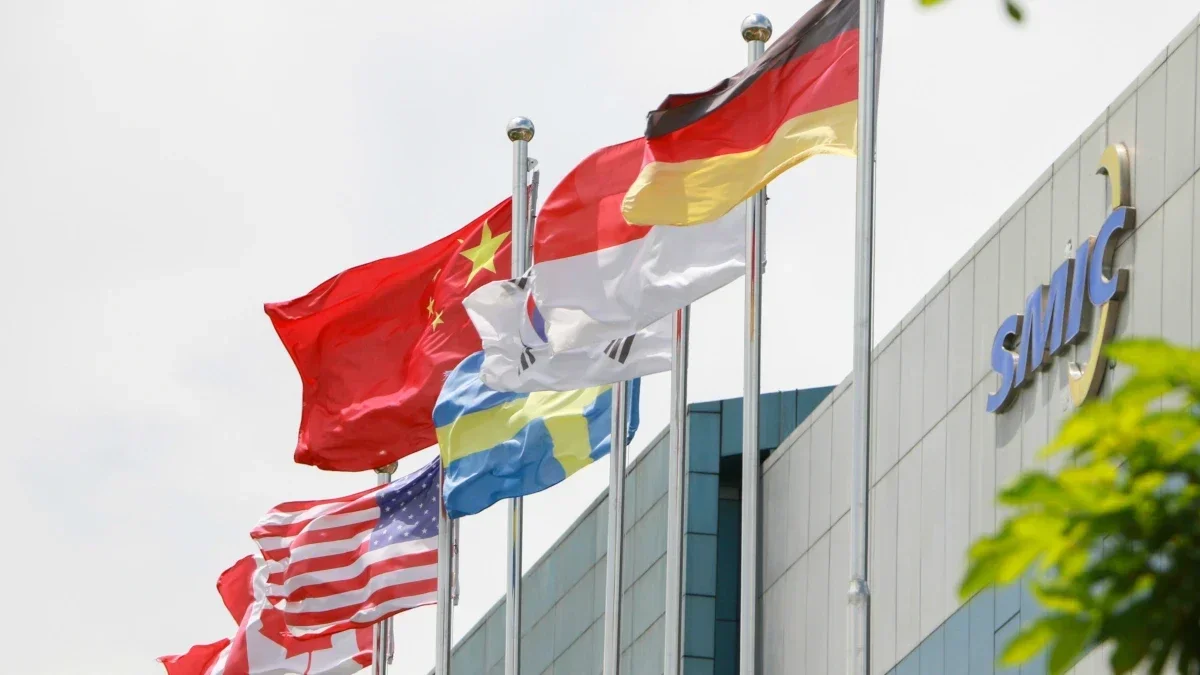Phones Canada is excited to share the latest developments from Semiconductor Manufacturing International Corporation (SMIC), China’s top foundry. Despite facing challenges due to U.S. sanctions, SMIC has been making impressive strides in chip production using its deep ultraviolet (DUV) lithography equipment.
Here are some key points to keep in mind:
– SMIC is utilizing its 7nm node and DUV lithography gear to create application processors, such as the Kirin 9000s 5G chipsets for Huawei’s Mate 60 series.
– The company has recently announced successful production of 5nm chips using DUV lithography, showcasing its innovation and commitment to technological advancement.
– Lower process node numbers mean smaller transistors, resulting in more powerful and energy-efficient chips. This is a significant factor in determining a chip’s performance.
– Samsung Foundry and TSMC are expected to start mass production of 2nm chips by the second half of 2025, while Intel’s upcoming 18A chips will utilize a 1.8nm process node.
– SMIC is not stopping at 5nm chips; it has established a dedicated Research & Development team to explore the production of cutting-edge 3nm chips.
– Despite challenges like low yields and high production costs without EUV machines, SMIC remains optimistic about receiving substantial subsidies from the Chinese government.
– It is important to note that SMIC may need to price its chips higher than industry leader TSMC due to its reliance on DUV machines. However, this hasn’t hindered the success of products like the Mate 60 Pro in China.
As technology continues to evolve rapidly, it’s fascinating to see how companies like SMIC are pushing boundaries and driving innovation in the semiconductor industry. Stay tuned for more updates on groundbreaking developments in telecommunications technology!










